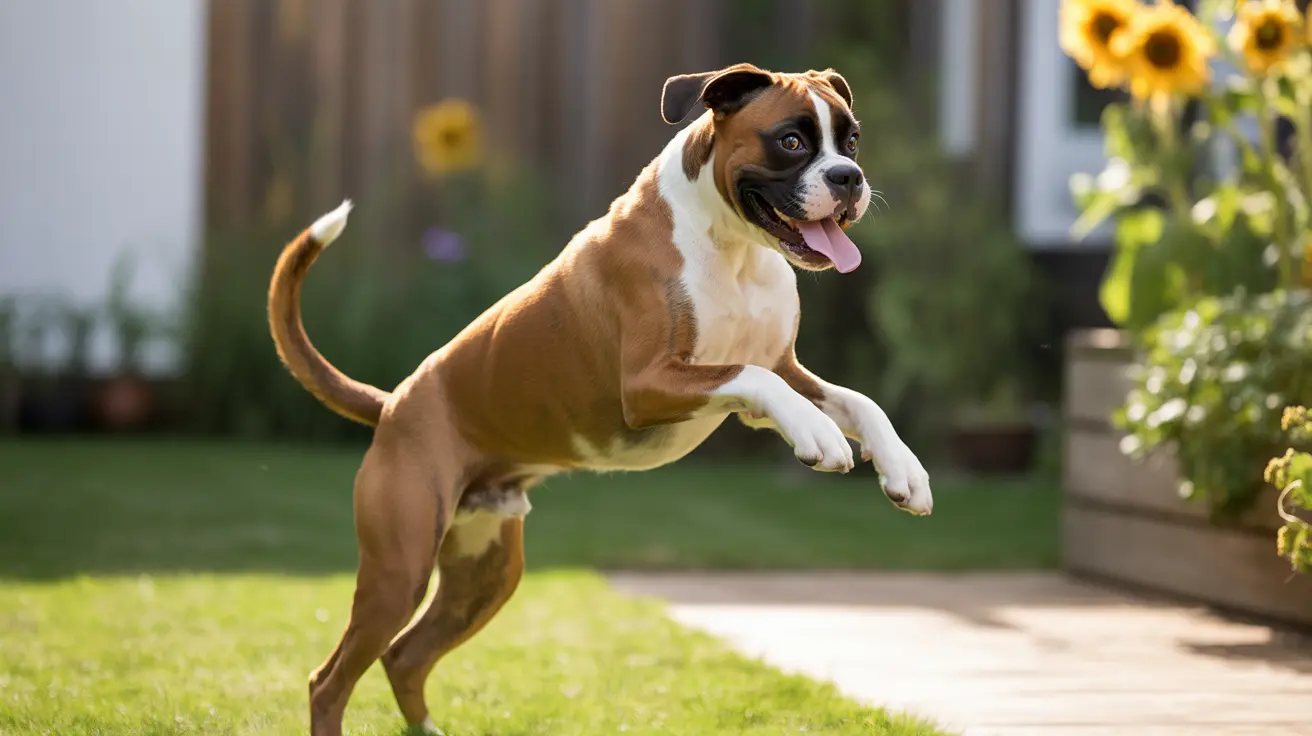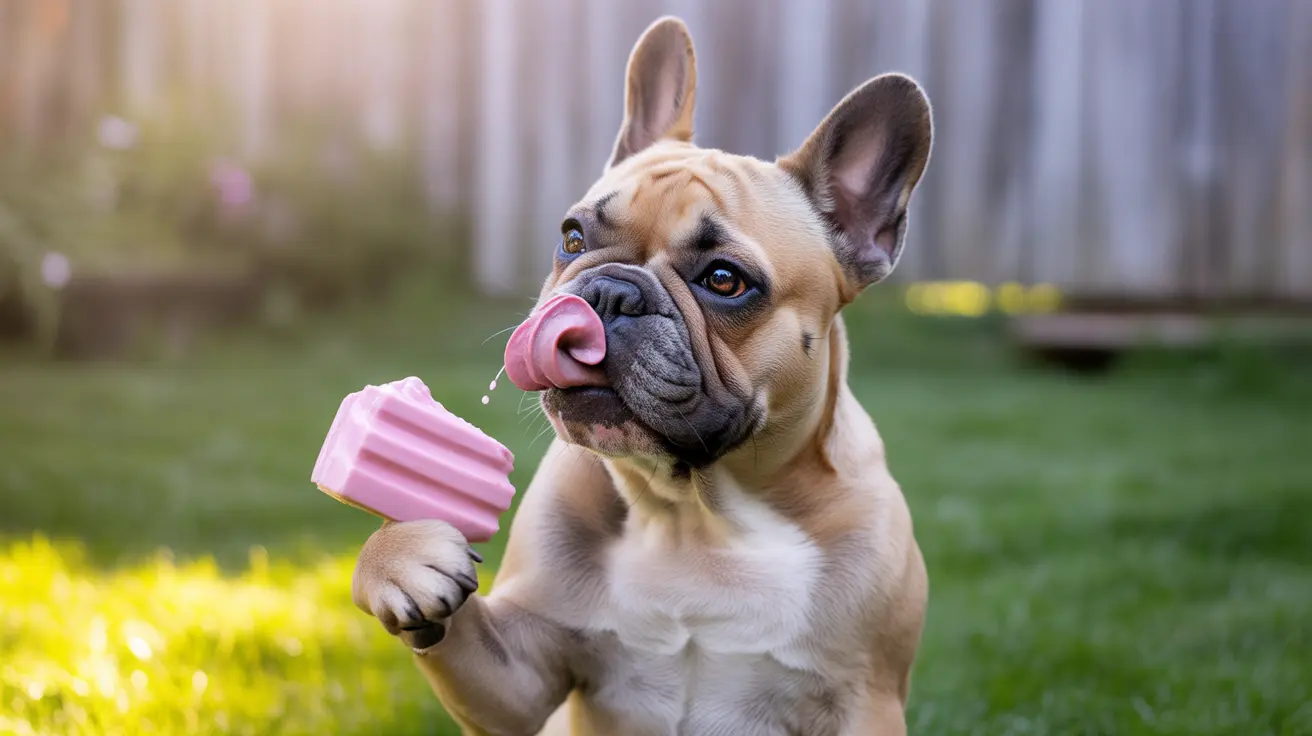How Dogs Adapt Behavior to Children: Understanding the Unique Child-Dog Bond
The relationship between children and family dogs represents one of nature's most fascinating behavioral partnerships. Recent research reveals that dogs don't simply tolerate children—they actively observe and adapt their behavior to children's cues, creating a dynamic and interactive relationship that goes far beyond basic coexistence. Understanding how dogs adapt behavior to children can help parents foster safer, more meaningful bonds between their young family members and beloved pets.
This behavioral synchronization between children and dogs demonstrates the remarkable ability of our canine companions to read, interpret, and respond to human behavior at different developmental stages. While dogs may interact differently with children compared to adults, the evidence shows they form distinct, adaptive relationships with the youngest members of their human families.
The Science Behind Dogs' Behavioral Adaptation to Children
A groundbreaking study involving 30 children aged 8 to 17 and their family dogs revealed remarkable insights into how dogs adapt behavior to children. Researchers discovered that dogs matched children's movements over 70% of the time and aligned their body orientation with children in about one-third of the observed interactions. This behavioral synchronization demonstrates that dogs actively monitor children they live with and make conscious adjustments to their own behavior in response.
The study showed that dogs engage in behavioral mirroring, moving when children move and remaining still when children are stationary. This synchronization suggests that dogs view children as important social partners worthy of attention and behavioral accommodation. However, researchers also found that dogs adapt their behavior to children less frequently than they do to adults, indicating that the dynamics of child-dog interactions operate under different parameters than adult-dog relationships.
Understanding Behavioral Synchronization
When dogs observe children, they process visual and auditory cues differently than they would with adult family members. Children often move unpredictably, have higher-pitched voices, and may act more spontaneously than adults. Dogs compensate for these differences by adjusting their response patterns, showing remarkable flexibility in their social behavior. This adaptation includes modifying their movement patterns, energy levels, and even their approach to play and interaction.
How Children Successfully Train Dogs
Contrary to common misconceptions, children can successfully train dogs when given proper guidance and support. The key lies in understanding that positive early interactions between children and dogs can significantly strengthen their bond and establish clear communication patterns. Children who learn to use consistent commands like "sit," "stay," and "leave it" can effectively communicate with dogs and establish mutual respect.
Positive training methods work particularly well when children are involved because they naturally align with children's tendency toward praise and reward-based interactions. When children learn to reward calm behavior immediately and redirect unwanted behavior with alternatives, they develop valuable skills in animal communication while building confidence in their relationship with the family dog.
Building Trust Through Positive Interactions
The foundation of successful child-led dog training rests on creating positive associations. Dogs learn that calm, polite interactions with children consistently lead to rewards, whether through treats, praise, or gentle attention. Short, supervised training sessions allow children to practice consistent commands while dogs build positive associations with their young handlers.
Safety Considerations and Bite Prevention
While dogs demonstrate remarkable adaptability to children's behavior, statistics show that children remain at higher risk for dog bites than adults. This increased risk underscores the critical need for improved education and understanding of child-dog interactions. The key to prevention lies in teaching both children and dogs appropriate behavioral boundaries.
Dogs communicate constantly through body language, and recognizing signs of stress, fear, or discomfort can help prevent dangerous situations. Warning signals include lip licking, yawning, turning away, growling, or showing the whites of their eyes. These cues indicate that the dog feels uncomfortable and needs space, regardless of how well they typically adapt to children's behavior.
Creating Safe Interaction Guidelines
Simple safety rules help children understand appropriate behavior around dogs. Children should never disturb dogs while eating or sleeping, avoid pulling tails or ears, and use quiet, calm voices around pets. Teaching children to pet gently along a dog's back rather than touching sensitive areas like the face or paws reduces the likelihood of defensive reactions.
Every dog needs a designated safe retreat where they can rest without interruption. This might be a bed, crate, or quiet room where children understand they should not follow. Providing dogs with control over their interactions reduces stress and supports their natural tendency to adapt behavior to children when they feel secure.
Developmental Benefits for Children
The behavioral adaptation that dogs show toward children creates unique developmental opportunities. Children who grow up with dogs that respond to their cues often develop stronger emotional intelligence, improved communication skills, and better understanding of non-verbal communication. These dogs can lower stress levels for children, making them wonderful emotional companions who provide consistent, adaptive support.
Studies indicate that children who experience positive interactions with adaptable family dogs often develop stronger immune systems and better social skills. The reciprocal nature of the relationship—where children learn to read dog behavior while dogs adapt to children's cues—creates a foundation for empathy and responsibility that extends beyond pet care.
Expert Tips for Parents
Parents play a crucial role in facilitating successful adaptation between dogs and children. Supervision remains essential, particularly with younger children who are still learning appropriate interaction techniques. Parents should model calm, respectful behavior with family dogs and consistently reinforce positive interactions between children and pets.
Introducing controlled interactions helps both dogs and children learn appropriate boundaries. Parents can reward calm behavior from both parties, create structured playtime, and teach children to recognize when dogs need space. Consistency in rules and expectations helps dogs understand what behaviors earn rewards and allows children to develop confidence in their interactions.
Professional Support When Needed
When dogs show signs of stress or aggression around children, professional guidance from veterinarians or certified animal behaviorists becomes essential. Many behavioral concerns can be successfully addressed with proper training and environmental modifications. Professional support helps families understand the underlying causes of problematic behavior and develop effective intervention strategies.
Frequently Asked Questions
- How early can children begin training dogs?
Children can begin participating in dog training as early as they can follow simple instructions and demonstrate impulse control, typically around ages 5-6. However, adult supervision remains essential, and training sessions should be kept short and positive.
- Why do dogs adapt differently to children than to adults?
Dogs recognize that children move unpredictably, have higher energy levels, and communicate differently than adults. This recognition triggers different behavioral responses as dogs adjust their interaction style to accommodate these differences while maintaining safety and comfort.
- What signs indicate a dog is successfully adapting to a child's behavior?
Successful adaptation includes the dog mirroring the child's energy level, moving in sync with the child's movements, maintaining relaxed body language during interactions, and showing patience with the child's learning process during training sessions.
- How can parents encourage their dog to be more responsive to their child?
Parents should facilitate positive interactions by supervising training sessions, ensuring consistency in commands and rewards, creating structured interaction times, and teaching children to recognize and respect the dog's body language and needs.
- Is it normal for dogs to be more cautious with children than adults?
Yes, it's completely normal for dogs to show more caution with children. This cautiousness often reflects the dog's recognition that children behave differently and may require different interaction approaches to maintain safety and comfort for all parties.
- What should parents do if their dog seems stressed around their child?
If dogs show stress signals like excessive panting, lip licking, or avoidance behaviors around children, parents should provide the dog with safe spaces, reduce interaction intensity, and consider consulting with a professional animal behaviorist for guidance.
- Can all dogs successfully adapt their behavior to children?
While most dogs can learn to adapt their behavior to children with proper training and socialization, individual personalities, past experiences, and breed characteristics may influence the success and speed of this adaptation process.
Conclusion
The ability of dogs to adapt behavior to children represents a remarkable aspect of the human-animal bond that deserves recognition and understanding. When families recognize and support this natural adaptation process, they create opportunities for meaningful, safe, and mutually beneficial relationships between children and their canine companions.
By combining knowledge of behavioral synchronization with practical safety measures and positive training techniques, parents can help their children develop lasting, positive relationships with family dogs. The key lies in understanding that this adaptation is a two-way process requiring patience, consistency, and respect for both the child's developmental needs and the dog's behavioral tendencies.





